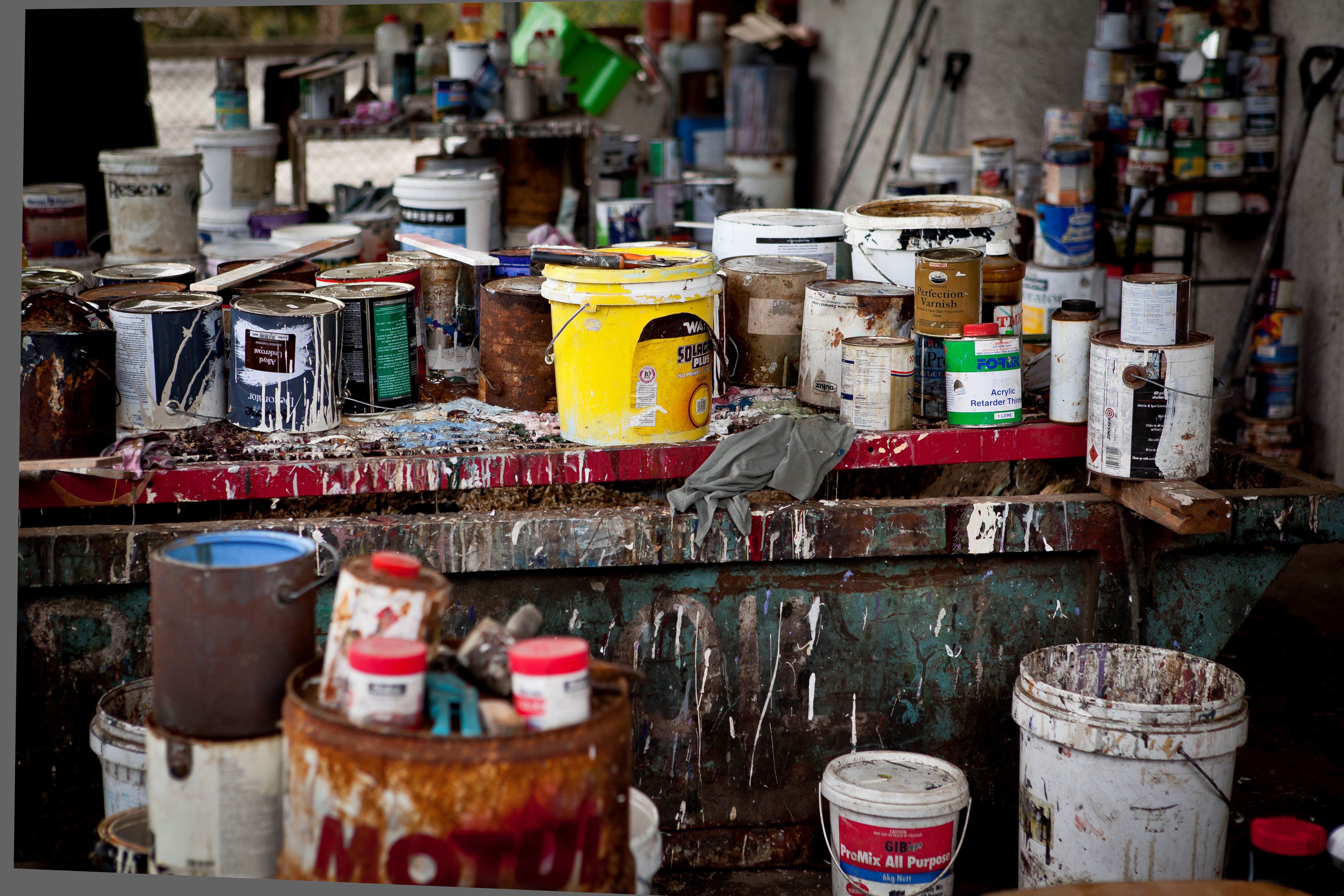PRODUCT STEWARDSHIP
Auckland Council has been advocating for product stewardship and extended producer responsibilities that are enshrined in law, since its earliest Waste Management and Minimisation Plan.
Product stewardship is a key tool in our waste minimisation and is viewed as one of the first steps in achieving a circular, regenerative economy. It puts the responsibility of designing out and recovering the resources in products back onto the producers of the products, rather than ratepayers, councils and the environment.
The cost of returning and recycling the product can be part of the cost of buying the product, so that consumers too become more aware of the role they play in the lifecycle of the products they buy.
Regulated product stewardship can drive waste minimization because when producers and retailers are forced to play a role in, and cover the cost of resource recovery, it makes them consider whether they could design their products better, to eliminate waste streams altogether.
In other words, product stewardship attaches a value to that product at the end of its life so it doesn’t become waste.
For product stewardship schemes to be fair, they need to be mandatory - so that every producer is paying their share of the recovery costs. This is why Auckland Council supports regulated, rather than voluntary product stewardship.
In 2020 the New Zealand Government declared six priority product groups for mandatory product stewardship schemes to be developed. These six product schemes are all in various stages of co-design, consultation, regulatory impact assessment and policy drafting.
- Plastic packaging.
- Electrical and electronic products (e-waste including large batteries)
- Agrichemicals and their containers.
- Refrigerants and other synthetic greenhouse gases.
- Farm plastics.
In addition to these six product groups, a product stewardship scheme for beverage containers – called a Container Return Scheme (CRS) has been designed and was near completion, however was deferred in March this year. Auckland Council did not support the deferral of the CRS.
Repairability and the Right to Repair movement
Product stewardship is closely linked to product durability and repairability, because when the full cost of recovering a product and getting it recycled are internalised by producers, the benefits of keeping their products in use longer, and making them more repairable, becomes more attractive.
Products designed using circular principles can also contribute to the repair-ability of a product, because components can more easily be removed and fixed, or swapped out, without having to discard the entire product.
HAZARDOUS HOUSEHOLD WASTE
Hazardous household waste is unwanted household products and chemicals that can potentially harm people’s health or pollute the environment. Hazardous waste often has labels such as ‘warning’, ‘caution’, ‘danger’, ‘poison’ or ‘do not dispose of with household rubbish’.
Hazardous waste must NOT be put out with your household rubbish or recycling bins.
What can you do to manage hazardous waste?
- Use safer products in the house, garden and shed. It’s amazing how effective non-hazardous materials like baking soda, vinegar and borax are.
- Only buy as much of a hazardous product as you need.
- Consider ways to reduce the use of chemicals in the garden.
- Buy environmentally-friendly products. Look out for the New Zealand Environmental Choice logo.
- Don’t leave your old chemicals, oils or paint behind if you are moving house. Make sure you take them to a drop-off point.

There are places you can take hazardous waste. It is important to dispose of hazardous waste such as batteries, gas cylinders, home or garden chemicals and paint carefully.
STEWARDSHIP AND SUSTAINABILITY
Disposing old paint
Household paint recycle Do you need to rid of household paints? Dispose of them sustainably by dropping them of to participating Dulux and Resene stores.
Recycling oil and disposing batteries
Find out how to recycle oil and old car batteries sustainably at participating Repco and Supercheap Auto stores
Battery recycling
Dispose of old lithium batteries and household batteries at participating Bunnings and Mire 10 stores.
